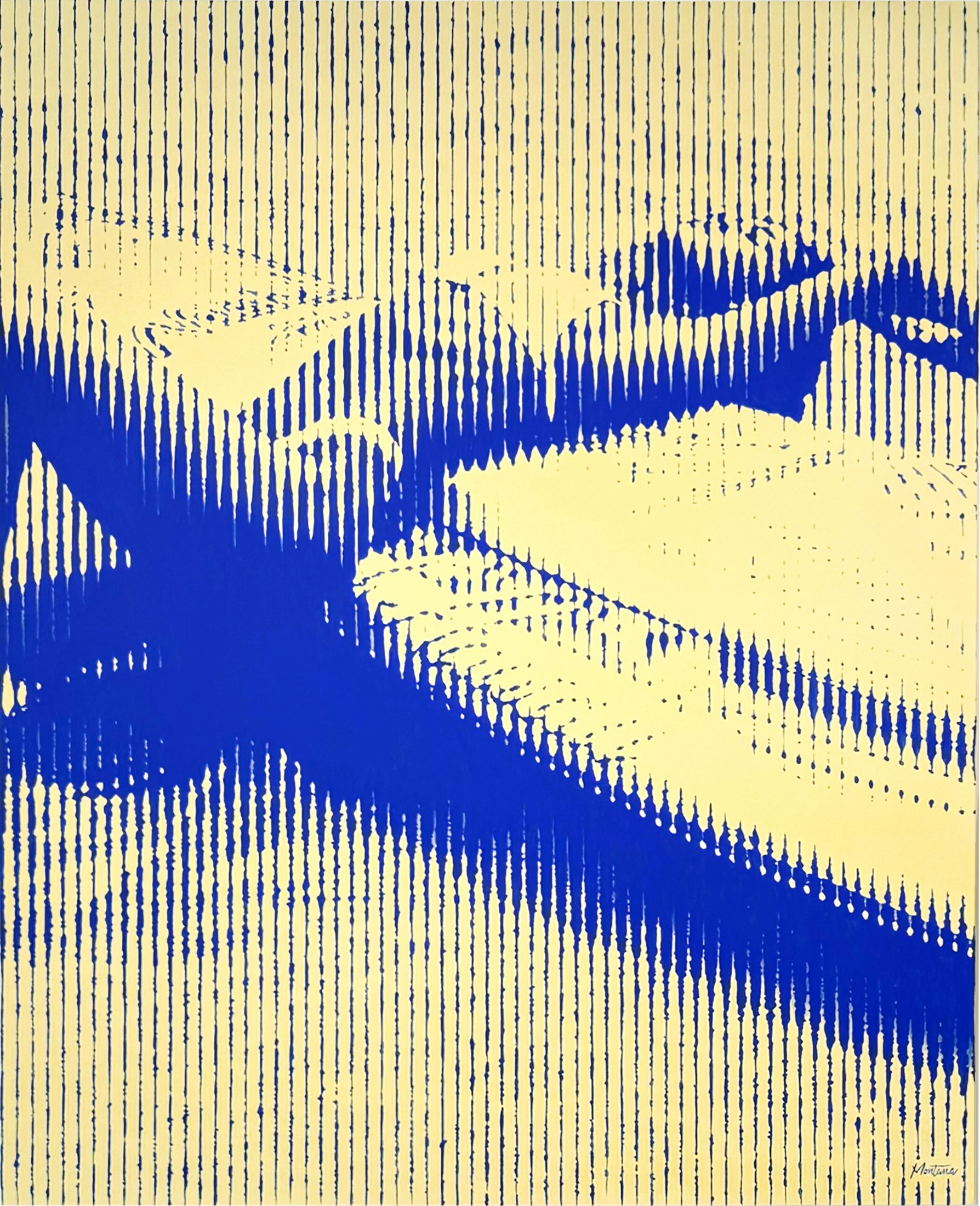
Verzending & Belasting
Vision XR Gallery verzendt wereldwijd met zorg, beveiligde verpakking en volledige verzekering. Alle kunstwerken worden professioneel ingepakt en voorzien van de nodige documentatie.
Binnen België biedt de galerij een premium lever- en ophangservice aan. Onze gespecialiseerde medewerkers zorgen voor een veilige levering en een perfecte plaatsing van het kunstwerk bij jou thuis of op kantoor.
Eventuele invoerrechten, douanekosten of lokale belastingen voor internationale zendingen zijn afhankelijk van het land van bestemming en zijn ten laste van de klant. Voor vragen over verzending of fiscale vereisten helpen we je graag persoonlijk verder.
Financiële Oplossingen
Vision XR Gallery biedt flexibele financiële oplossingen via ons eigen leasingbedrijf. Voor vennootschappen voorzien we huurkoopformules waarbij kunstwerken gefinancierd kunnen worden via vaste maandelijkse betalingen, volledig conform de Europese regelgeving.
Onze huurkoopformule is momenteel enkel beschikbaar voor bedrijven binnen Europa en biedt een belangrijk fiscaal voordeel: de maandelijkse betalingen zijn 100% aftrekbaar als kost.
Wil je meer weten? Lees dan verder op deze pagina en vraag je simulatie aan.
The artwork Naish by Montana Engels is an ode to movement, freedom and energy. The work depicts a dynamic scene composed of powerful vertical lines. These lines play with perspective and light, making the abstract forms together form a recognizable image.
The blue and yellow color palette exudes strength and positivity. The deep blue symbolizes depth, calm and concentration, while the yellow evokes a sense of energy and zest for life. Together, they create a harmony that is both exciting and balanced.
Up close, you see loose streaks and patterns. But as soon as you distance yourself, an image emerges that becomes increasingly detailed. This gives the work a hypnotic effect and invites repeated viewing.
Naish is about strength and balance, about finding freedom in movement. It evokes feelings of adventure and renewal. This is a work that not only appeals aesthetically, but also inspires and tells a story.
Montana English is a young artist who developed a painting technique all her own. By using exclusively hand-painted lines, she manages to create portraits that look abstract up close, but as soon as you distance yourself, turn into surprisingly detailed and realistic portraits.
Her creative talent became apparent early on, but her breakthrough followed after participating in Belgium’s Got Talent. There she was discovered and her fame grew. Soon after, she was invited by the Hazard family to paint live, which accelerated her career. Montana has since worked for well-known artists, the Prince of Belgium, and performed at events such as Tomorrowland. She also made international collaborations with brands such as MAC Cosmetics, Disney, Aston Martin, Playstation, Porsche, MINI, The National Lottery, Sherathon, Qmusic, Monster, Jägermeister, Lolaliza, Bombay Sapphire, Gaston Luga, Tao, Bowmore, Binck Bank, Deme, Suspicious Antwerp, Antwerp Diamond Museum and many others.
What makes her art unique is the self-developed “striped” style: works composed of lines that together form a portrait. Up close they appear abstract, but from further away an impressive realism emerges.

VXR Exclusive betekent dat deze kunstenaar in België exclusief vertegenwoordigd wordt door Vision XR Gallery. Hun werken zijn nergens anders in het land verkrijgbaar.
VXR Exclusive means that this artist is exclusively represented in Belgium by Vision XR Gallery. Their works are not available anywhere else in the country.
VXR Exclusive signifie que cet artiste est exclusivement représenté en Belgique par la Galerie Vision XR. Leurs œuvres ne sont disponibles nulle part ailleurs dans le pays.
Een certificaat van echtheid (COA) is een document van een gezaghebbende bron dat de echtheid van het kunstwerk verifieert. Veel COA’s zijn ondertekend door de kunstenaar, maar andere zijn ondertekend door de vertegenwoordigende galerie of de drukker die samen met de kunstenaar aan het werk heeft gewerkt. Voor werken op de secundaire markt zijn gemachtigde nalatenschappen of stichtingen vaak de uitgevende partij.
COA’s bevatten meestal de naam van de kunstenaar, de details (titel, datum, medium, afmetingen) van het werk in kwestie en waar mogelijk een afbeelding van het werk.
Een certificaat van echtheid (COA) is een document van een gezaghebbende bron dat de echtheid van het kunstwerk verifieert. Veel COA’s zijn ondertekend door de kunstenaar, maar andere zijn ondertekend door de vertegenwoordigende galerie of de drukker die samen met de kunstenaar aan het werk heeft gewerkt. Voor werken op de secundaire markt zijn gemachtigde nalatenschappen of stichtingen vaak de uitgevende partij.
COA’s bevatten meestal de naam van de kunstenaar, de details (titel, datum, medium, afmetingen) van het werk in kwestie en waar mogelijk een afbeelding van het werk.
Un certificat d’authenticité (COA) est un document émanant d’une source autorisée qui vérifie l’authenticité de l’œuvre d’art. De nombreux COA sont signés par l’artiste, mais d’autres sont signés par la galerie qui représente l’œuvre ou par l’imprimeur qui a travaillé avec l’artiste sur l’œuvre. Pour les œuvres sur le marché secondaire, les successions ou fondations autorisées sont souvent la partie émettrice.
Les ACO comprennent généralement le nom de l’artiste, des informations détaillées (titre, date, support, dimensions) sur l’œuvre en question et, si possible, une image de l’œuvre.